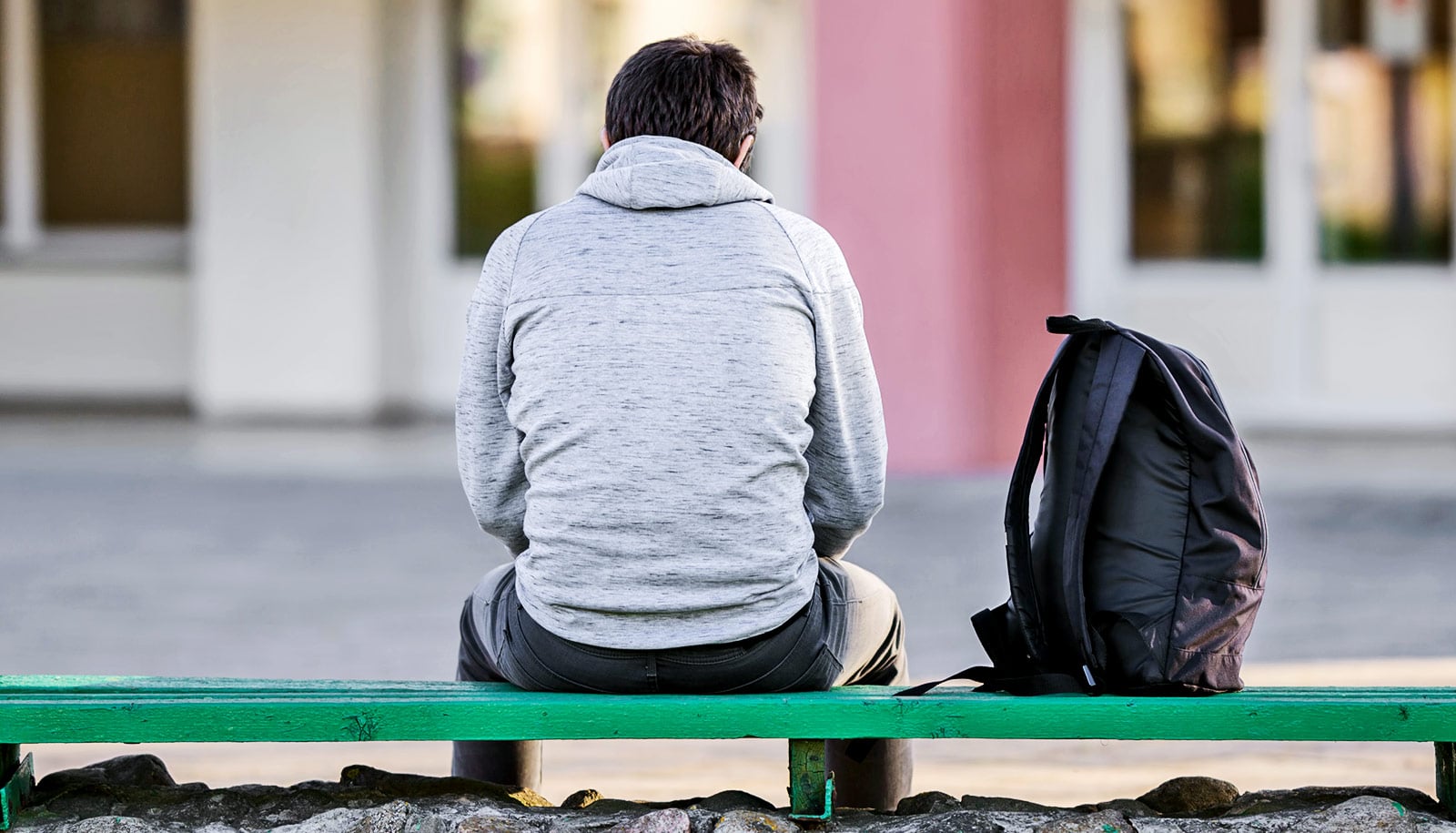Teens who die by gun suicide don’t display typical suicidal behaviors, according to a new study that points to the need for strong gun safety measures in homes where teenagers live.
The study found that adolescent firearm suicides fell into three categories based on data from the Centers for Disease Control and Prevention’s National Violent Death Reporting System (NVDRS).
The first group was the largest and included teenagers with an overall low-risk of having common risk factors for suicide. The second group contained those struggling with mental health problems, including depression and suicidal behavior. The final group, the smallest, was comprised of adolescents who were having difficulties at school. The researchers found substance abuse relatively low in all three groups.
Forty percent of the teenagers who died by suicide used guns, but the team found that no research studied the risk patterns of adolescent suicide by gun.
Researchers looked for corresponding factors, including a history of depression and suicidal thoughts and trouble in school, which might lead to gun suicide, in order to identify these patterns. Their results showed that half of adolescents who died by firearm suicide were in the group with a low likelihood of having common risk factors for suicide, and Black and male adolescents were at greater odds of being in this group.
“Firearm-owning parents are more uniquely positioned to increase the safety of their children in the home and reduce the risk of suicide by implementing safe storage practices,” says Melissa Osborne, clinical assistant professor of nursing in the Byrdine F. Lewis College of Nursing and Health Professions at Georgia State University, who is trained as an epidemiologist.
The study’s results showed that teens who die by suicide using guns may show fewer warning signs like mental health issues than teens who die by suicide using other methods. Gun availability could contribute to this, as gun-owning parents loosen safety practices as children grow up. Combined with the poor impulse control and decision-making in the still-developing adolescent mind, gun storage safety should still be a priority at home.
“Clearly, more research on suicide prevention in teenagers and how gun availability plays a role in potential child death is warranted. The current findings should encourage clinicians who work with parents in any capacity to offer effective communication about best practices in gun safety and storage. This is imperative to prevent child injury and suicide,” says Shannon Self-Brown, professor and department chair of health policy and behavioral sciences in the School of Public Health.
The research appears in Children and Youth Services Review. Additional coauthors are from Boston College and Georgia State.
Source: Georgia State University



